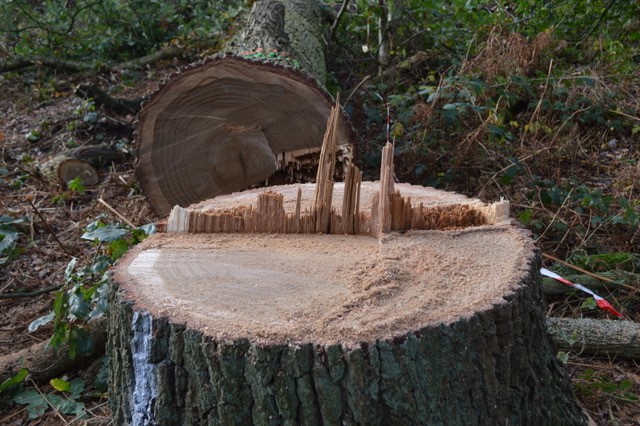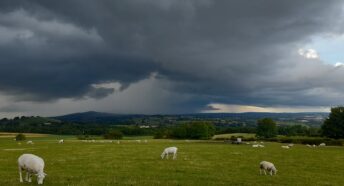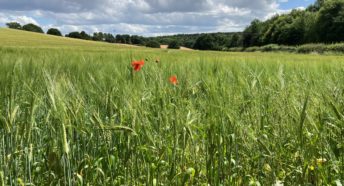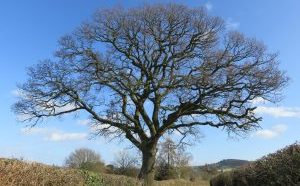Our view on HS2
About the only uncontroversial thing that can be said about HS2 is that it’s controversial.
The HS2 route in Staffordshire covers both Phase 1 and Phase 2. The Phase 2a route will run about 34 miles from Fradley near Lichfield, across Staffordshire to Crewe. It will damage 11 ancient woodlands, two Local Nature Reserves, over 35 Local Wildlife Sites and destroy 17 veteran trees, as well as many roadside trees and hedgerows.
HS2 itself acknowledges that ancient woodland cannot be recreated; its loss will inevitably have a substantial negative impact on biodiversity and the natural environment. The largest scale loss from any single ancient woodland along the whole route will be 5.5ha from Whitmore Wood near Madeley.
CPRE Staffordshire (along with our colleagues in Warwickshire and Cheshire) has previously opposed HS2 on the grounds of cost, speed, the lack of integrated transport, and its adverse impacts on the landscape, countryside and natural environment: our main objections are set out in this letter written by our late technical advisor Phil Goode in 2013. Normally, we welcome greater investment in public transport rather than road building. However, we remain of the opinion that the proposed benefits of HS2 are outweighed by the damage it will cause and the lasting negative impact on communities living along the route.
There will also be many indirect impacts, such as the proposed quarry at Orgreave to supply HS2 with sand and gravel, and the nearly 300 metres of hedgerow that will be removed to amalgamate a farmer’s remaining fields in Hints after others were compulsorily purchased by HS2.
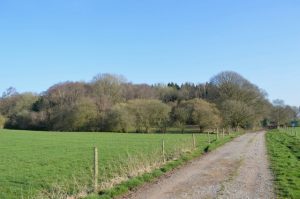
Mitigation
However, now that Phase 2a has received royal assent, our focus will be on mitigating the negative impacts on communities, farmers, and the natural environment. As the national CPRE charity states, “the debate surrounding HS2 on the pros and cons will no doubt continue, but what is important now is for the government to ensure a ‘best in the class’ approach to avoiding, mitigating or compensating for the negative impacts on our countryside and communities. That means the highest quality design delivered in a way that respects landscapes and habitats, as well as reducing its carbon footprint.”
In our response to the recent Phase 2a consultation, we urged HS2 to ensure that all licences from Natural England are in place. It must ensure that comprehensive ecological surveys are carried out by qualified professionals before starting any enabling or construction work. Replacement saplings should be planted on ecologically suitable sites and given suitable aftercare. On Phase 1, HS2 did not apply for licences to legally disturb bats or destroy their roosts on a number of ancient woodlands; this must not happen on Phase 2. HS2 should minimise the use of security lights on compounds at night to avoid creating more light pollution and disturbance for insects, bats and other nocturnal wildlife. We urge HS2 to cooperate with Staffordshire Wildlife Trust, who may wish to carry out their own surveys of the sites, and notify them in advance of any work being carried out, as well as other specialist groups such as the RSPB, the Badger Trust and the Bat Conservation Trust.
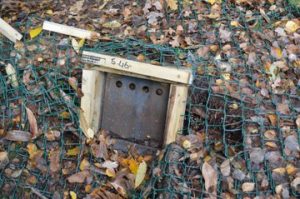
We now need to hold HS2 to account during the construction process. If you become aware of any local issues arising from the preparation for, and construction of, HS2, please contact us and we can then raise the matter with the relevant organisation.
